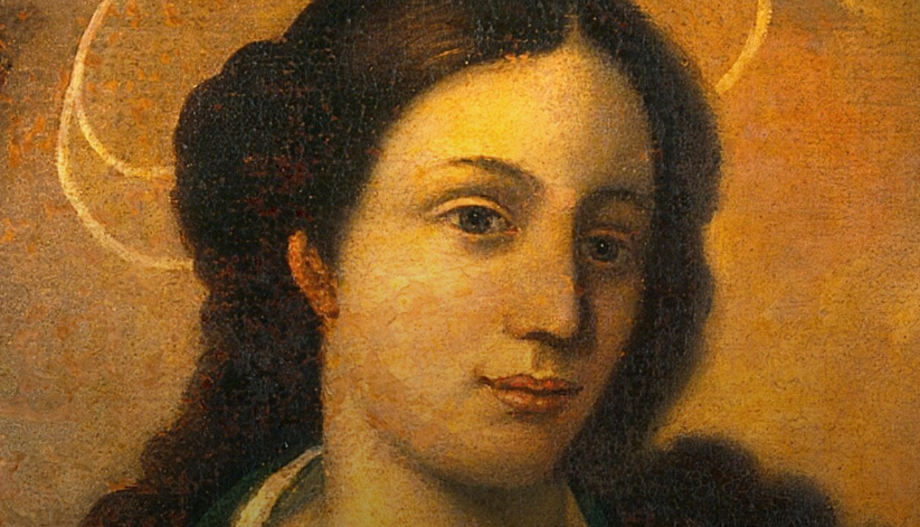"Lucia, martyr of Syracuse, reminds us by her example that the highest dignity of the human person consists in bearing witness to the truth, following one's conscience at all costs, without duplicity and without compromise". Pope Francis, just a year ago, thus addressed the members of the Italian Union of the Blind and Visually Impaired (UICI), received in audience in the Sala Clementina, on the eve of the liturgical memorial of St. Lucy, patron saint of the visually impaired and visually handicapped.
Fragility is a resource: "This means being," the Holy Father added, "on the side of the light, at the service of the light, as the very name Lucia evokes. Be clear, transparent, sincere people; communicate with others in an open, clear, respectful way. This is how you help to spread the light in the environments in which you live, to make them more human, more habitable".
Today, December 13, we celebrate Saint Lucy, a Christian martyr who was beheaded in 304 under Emperor Diocletian. Since the 15th century, popular devotion has identified St. Lucy as the patron saint of sight, and events are held in many countries around the world.
The story of Lucia begins in Syracuse, between 280 and 290 AD. Born into a wealthy family, she is fatherless and betrothed to a patrician. Her life takes an important turn when her mother, Eutichia, falls seriously ill. During a pilgrimage to the tomb of St. Agatha, Lucia prays for her mother to be cured, at which point she has a vision in which St. Agatha announces her destiny as the future patron saint of Syracuse. After her mother's recovery, Lucia dedicated her life to serving the Lord, distributing her wealth to the poor. She was persecuted for refusing to marry, but despite torture and the threat of death, Lucia remained firm in her Christian faith until the day she was beheaded.
Contrary to popular belief, December 13 does not coincide with the shortest day of the year, as it falls on the winter solstice, December 22. However, the period between December 13 and 14 can enjoy a celestial spectacle with the Geminids, similar to the Perseids in August.
It is said that, after her conversion to Christianity, St. Lucy lost her sight or even plucked out her eyes in an attempt to resist sin. In Italy, there is a tradition that she brings gifts to children, which originates from a gesture of generosity attributed to the saint. After her death, according to legend, St. Lucy returns to earth to bring happiness to children on the night of December 13, symbolizing the light she brought to the world. The figure of Saint Lucia, therefore, has evolved in Italian folklore as a sort of Santa Claus in advance who delivers joy and gifts to the little ones, in a gesture charged with spiritual meaning. This tradition, rooted in generosity and symbolism, has helped to shape the iconography of the saint as a luminous and beneficent figure, especially loved by children.
All over the world there are different and attractive celebrations linked to St. Lucy. In Syracuse, the city of which she is patron saint, the National Festival of Lights and Renewal takes place on December 12 in anticipation of the procession with a silver statue through the streets on the feast day. In Sweden, girls dressed in white carry cookies and saffron rolls in procession, with white dresses symbolizing purity. In Tuscany, the "Santa Lucia Fair" offers typical products, sweets and Christmas decorations, while in Florence the Christmas fir tree is lit with music and toasts.
In other parts of Italy, such as Lucca, the hospital of San Luca organizes initiatives for this day dedicated to the patron saint of sight. One of the traditions on this feast is the blessing of the eyes, and there will also be a concert by the band of the Folgore parachute brigade. The Milan cathedral, also involved in the celebration of the saint, preserves a copy of her statue in which Lucia is depicted with her eyes on a saucer, symbolizing that she is the patron saint of stonemasons.








